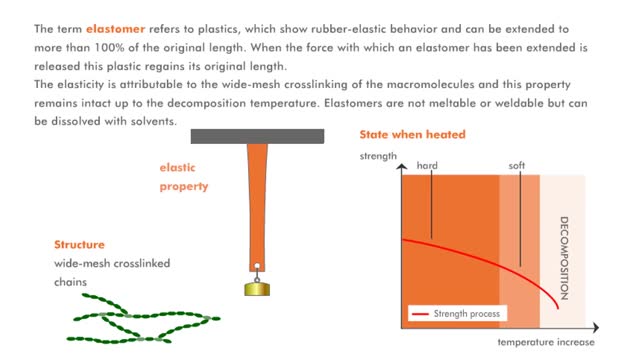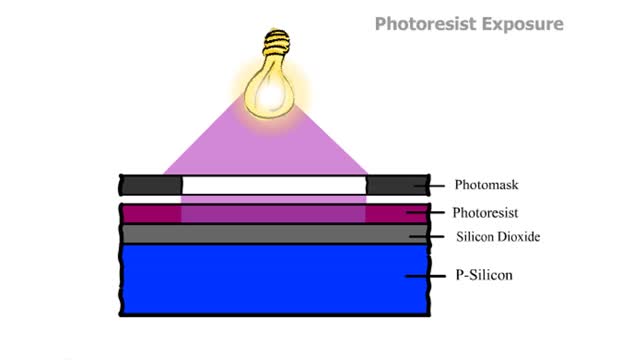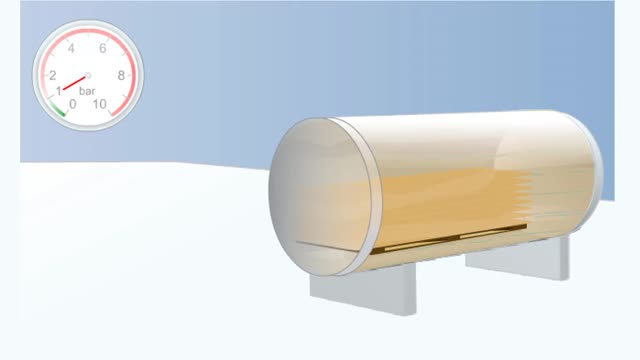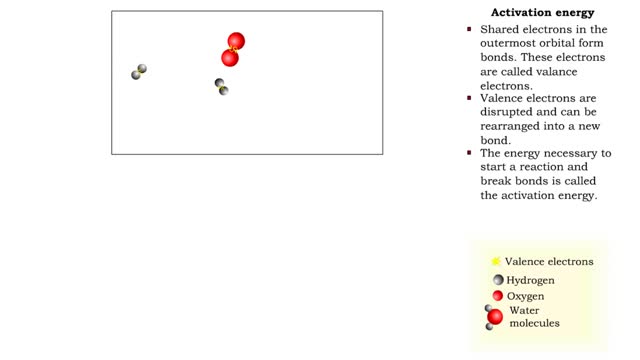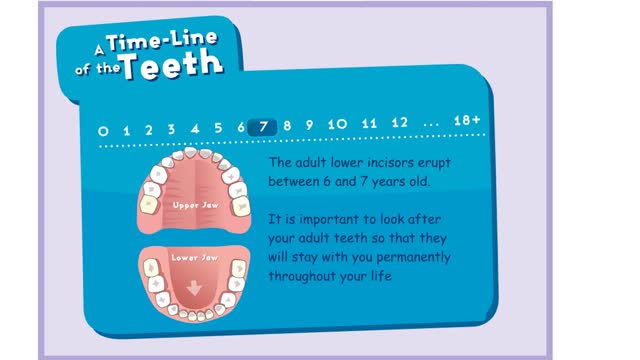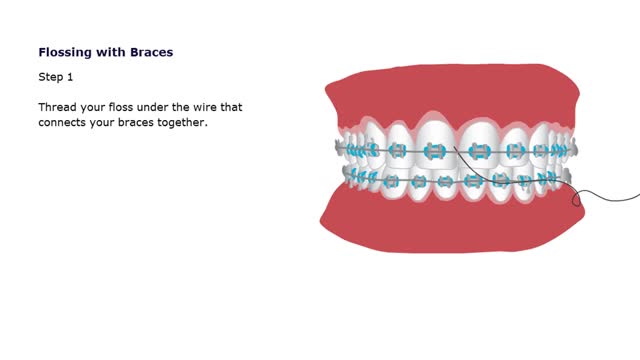Search Results
Results for: 'ED'
HIV Infection: Viral life cycle
By: HWC, Views: 10322
The series of steps that HIV follows to multiply in the body. The process begins when HIV encounters a CD4 cell. The seven steps in the HIV life cycle are: 1) binding; 2) fusion; 3) reverse transcription; 4) integration; 5) replication; 6) assembly; and 7) budding. Many viruses f...
Properties of macromolecules (Explained with No Audio)
By: HWC, Views: 9781
The term thermoplast refers to a plastic, which when heated is soft and deformable, but which rehardens when cooled. The molecular structure of the macromolecules is comparable to a cotton ball in which the individual fibers of the macromolecules are shown. The fibers of the cotton ball can s...
Cognitive development by Piaget (Preoperational stage or intelligence)
By: HWC, Views: 10063
The next stage of cognitive development proposed by Piaget, is the preoperational stage, roughly between the ages of 2 and 7. At this stage Piaget asserted that a child has what he called preoperational intelligence. hey can mentally representing objects, but do not have a system for organising...
Introduction to Photolithography - WC, BLF, PA, Hard and Soft baking
By: HWC, Views: 10412
Prior to use, wafers are chemically cleaned to remove particulate matter on the surface as well as any traces of organic, ionic, and metallic impurities. Barrier Layer Formation After cleaning, the silicon wafer is covered with the material which will serve as a barrier layer. The most commo...
Double Vacuum Process (Illustration No Audio)
By: HWC, Views: 9945
In this so-called low-pressure process, the wood is first subjected to a short and relatively weak initial vacuum, after which the treatment vessel is flooded with preservative solution and reduced to normal pressure The double vacuum container is loaded with timber. A partial vacuum is draw...
Cellular Defects - Osteoblasts, Osteoclasts and Osteocytes
By: HWC, Views: 10559
■ Metabolically active bone-building cells that secrete astroid. ■ Cover surfaces of newly formed bone and respond to growth stimuli ■ Less responsive to growth factors as the body ages. ■ Contribute to hone loss once their reproductive and biosynthetic potential lessens....
Activation Energy - Valence Electrons
By: HWC, Views: 10314
■ Shared electrons in the outermost orbital form bonds. These electrons are called valence electrons. ■ Valence electrons are disrupted and can be rearranged into a new bond. ■ The energy necessary to start a reaction and break bonds is called the activation energy. ■ Reactants have...
A timeline of the teeth (Explained - No Audio)
By: HWC, Views: 9810
Although most babies don't appear to have any teeth when they are born, they are in fact already well developed out of sight beneath the gum. The first molars erupt at about 12-14 months. The canines follow at about 16-18 months . By 3 years old, the second molars have usually erupted, c...
Oral Hygiene & Braces Animation
By: HWC, Views: 10403
Caring for Your Retainer Retainers, just like your teeth collect plaque, bacteria and food particles. You should clean your retainer everyday! Keep your retainer soaking when it is not in your mouth. Use a mouthwash rinse to freshen it up and keep it free of bacteria. Keep your retainer away fr...
Advertisement




